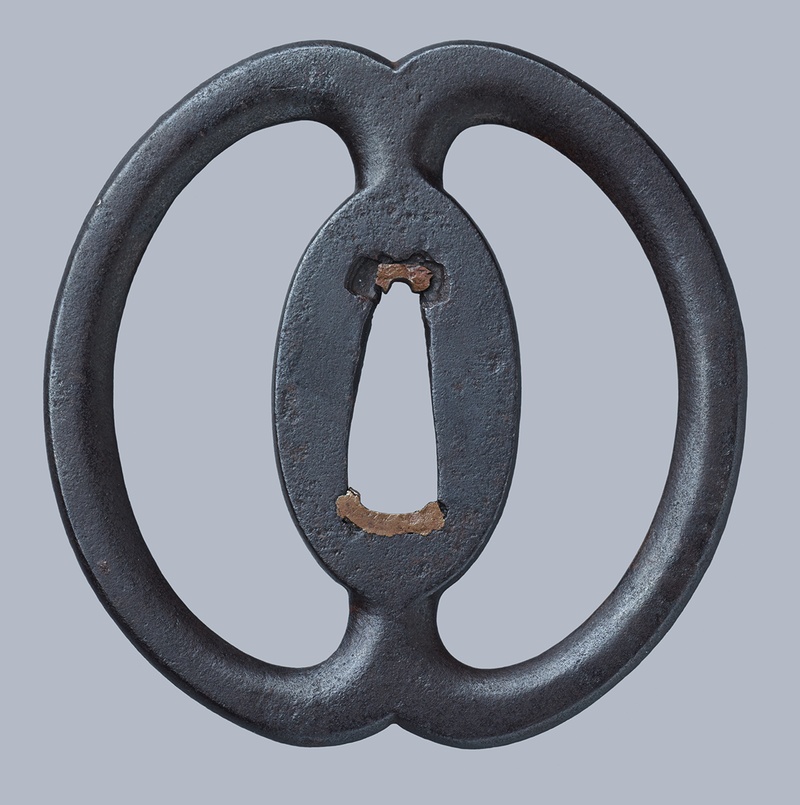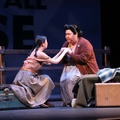What separates a Japanese art sword from any manufactured metal-bladed weapon? An extraordinary level of craftsmanship, artistry, and specific techniques that are carefully passed along from generation to generation—in other words, tradition.
Mike Yamasaki has made it his life’s work to transmit the understanding of and appreciation for traditional Japanese art swords. He’s a world renowned expert and master appraiser of samurai swords, which requires a sharp eye and broad knowledge of Japanese history and culture. In fact, Mike is the only non-Japanese citizen to ever win the appraisal competition at a Nihon Bijutsu Token Hozonkai (NBTHK, Society for the Preservation of the Japanese Art Sword) convention.
Mike, a Sansei, first learned about the swords from his grandmother. Through her, he felt closely connected to the Japanese culture and is now paying it forward to future generations. (Read more about Mike in this 2009 interview.)
To commemorate the 75th anniversary of Nisei Week, Mike and his co-curator, Darin Furukawa, are bringing a stunning collection of samurai swords, sword fittings, and armor to the Japanese American National Museum for the month of August.

Pieces in the display date back to the Kamakura era, considered the zenith of Japanese sword making, and include a national treasure sword crafted by the legendary Musashi Miyamoto. From intricate lacquer work and the skill of master carvers and engravers, “there’s no question that this is true art,” said Mike. But it’s the one modern era dagger on display that perhaps most clearly exemplifies the preservation of traditional culture that he values.
A few years ago, Mike acquired a tanto, or “short blade,” forged by Kyuhan Kageyama in 1944 in Manzanar where Mike’s maternal family had also been imprisoned. Kageyama’s father had passed his sword making skills down to his son—a legacy of ancient techniques. It’s the connection of both culture and place that resonated with Mike.
According to Mike, there are very specific rules and methods of construction that qualifies a piece as an art sword. From an Occupation era law set down by General Douglas MacArthur, swords not made by traditional standards were weapons, not art, and therefore banned. This dagger was traditionally constructed. “Given the circumstances, in camp, it’s amazing that someone could make such an item,” Mike observed. And it’s this tanto, along with his Japanese heritage, that he intends to pass on to his son.
Mike finds younger people are very interested, once exposed, in the history and collection of traditional Japanese art swords. He plans to continue exhibiting and offer talks and seminars on this important aspect of Japanese culture. “A lot of culture and tradition is getting lost as people pass on,” Mike said. “We want to keep this going.” From his grandmother to his son and beyond, just paying it forward.
* * * * *
View Jidai: Timeless Works of Samurai Art at the Japanese American National Museum from August 1 to 30, 2015.
© 2015 Japanese American National Museum










